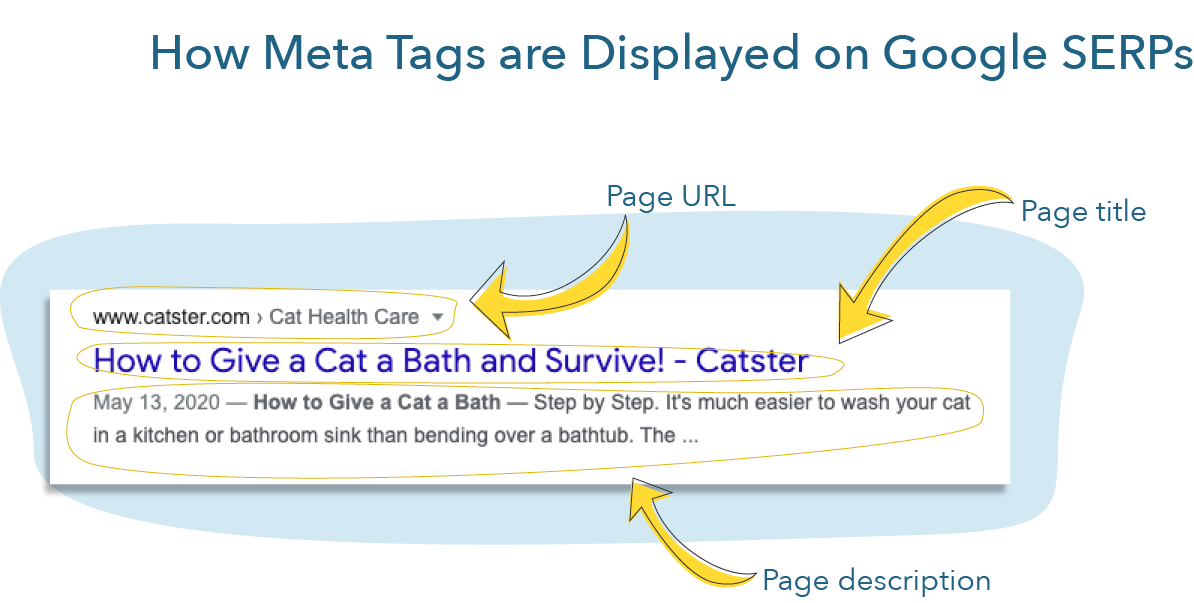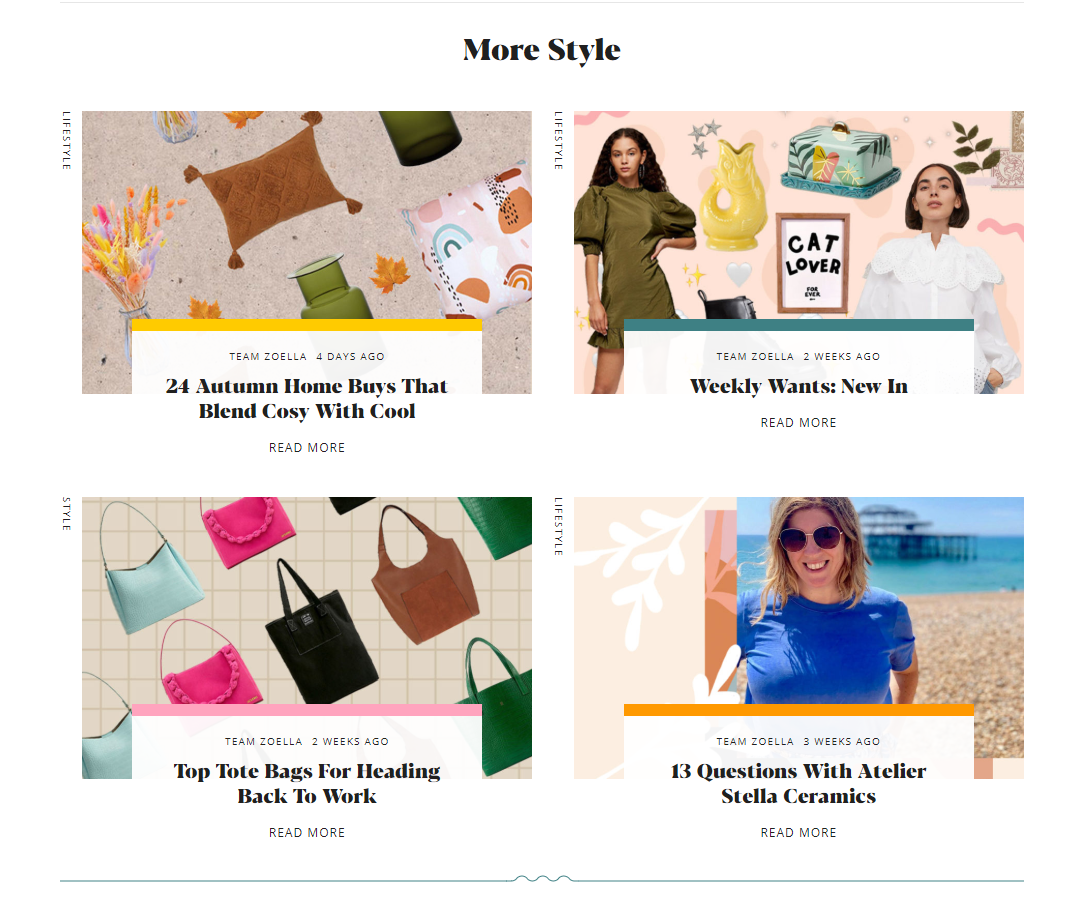User Experience
The first and most important set of factors relate to user experience, or “a person’s perceptions and responses that result from the use or anticipated use of a product, system or service” (ISO 9241-210, 2010). Put in very simple terms: Do your visitors like the experience of your page, and does it meet their expectations? Since we are looking at ranking pages, we can see expectations as answering the need associated with the search people are doing. Hence, this first set of factors, concerning user experience, relate to whether or not your page answers the search that people are making and whether it does so in a way that is enjoyable for visitors.
This is a crucial element in understanding SEO: We are not optimizing pages for the sake of optimizing pages. We are optimizing pages in order to answer specific search queries made by people. Optimizing a page should thus be about creating the best page possible to answer a specific search query. We should optimize pages with users in mind.
This approach makes sense if we look at the specific factors above. Direct visits mean that people click on your link when they are on the SERP. We can optimize our page to maximize site visits by creating page titles and meta descriptions that incite people to click on our links. Let’s look at the screenshot in Figure 3.3, which shows a result for the search “how to bathe my cat.”
Figure 3.3 How Meta Tags Are Displayed on Google SERPs

If, as a user, I am searching for “how to bathe my cat,” my goal is to find information that will help me achieve this task. As a website owner (and perhaps, a brand that sells bath products for cats), your objective is to provide me with a page that will help me achieve my goal. By doing so, you are creating value in my life. Later, when we introduce conversion-based marketing, we will discuss how this type of value creation—offering free content to people—brings visitors to your site and offers opportunities to turn these visitors into leads.
When creating webpages and positioning them on specific search queries, we have only a few options to communicate with consumers. Three of these are the page URL, the page title (which shows up on SERPs and is also what you read in your tabs next to the website icon), and the page description. These are resources that you create when creating webpages. They are part of what is called the “meta element.”
Ideally, you want to write your page title and page description in a way that will incite people to click on your link rather than the links of your competition. Your title and description thus directly address a specific search query, show that the page has the information required, and provide a call to action to incite people to click on your link. In this case, the page title repeats the exact same keywords I used in my search. This is great! It makes me feel like this page is exactly what I am looking for. The description could be optimized, but it provides me with first-hand experience and the start of a tutorial on how to bathe my cat. I at least know that, if I click this link, I’ll be given instructions on how to bathe my cat. Perhaps a better description could have been (keeping in mind that a description should be limited to about 150 to 160 characters to show in its entirety on SERPs):
Learn how to bathe your cat easily! Your cat will love it! No scratches! Easy 5 step tutorial so that you and your feline buddy have a fun time.
Let’s break this down: [Start with a call to action] Learn how to bathe your cat easily! [Express some benefit associated with your content] Your cat will love it! No scratches! [Tell people what’s on your page] Easy 5 step tutorial so that you and your feline buddy have a fun time.
In short, optimizing for users means having people in mind when creating your pages and considering what they are searching for, how you can best answer their needs and goals, and how to tell them that you are doing so.
This will help address the rest of the user experience factors: time on site, page per session, and bounce rate.
Time on site is the time a user spends on your site. If your page is well designed and readily answers a query, we can assume that users will stay and spend time on your site.
Bounce rate is the “percentage of visitors who enter the site and then leave rather than continuing to view other pages within the same site” (Wikipedia). Again, if people have a nice experience, this should lower the bounce rate.
Since bounce rate and page per session (the average number of pages a person views in a given session, where session here can be substituted to a website visit; i.e., the average number of pages a person views once they clicked your link on a SERP) are associated with moving between pages on your website, it helps if you provide incentives for people to do so.
Typically, this is done by practicing cross-linking, or linking pages of your own website with one another. We often see two ways through which websites do this.
The first way is to insert links within your pages that bring visitors to other pages of your website. Take this example for this page. The page is on “How to do a mask,” and within the text, it provides a link to a face mask sold by the website. If you click on this link, you will be visiting another page on the same website, increasing the average number of pages visited per session.

Another way that websites invite you to go through multiple pages is through recommended articles. Having a lot of content is quite important in maximizing your ranking for many reasons, but one of those reasons is to keep people on your site for a longer period of time by having them visit many pages. For example, at the end of each page for blog posts, Zoella invites visitors to related articles that might interest them (Figure 3.4).
Figure 3.4 Cross-Linking Example

